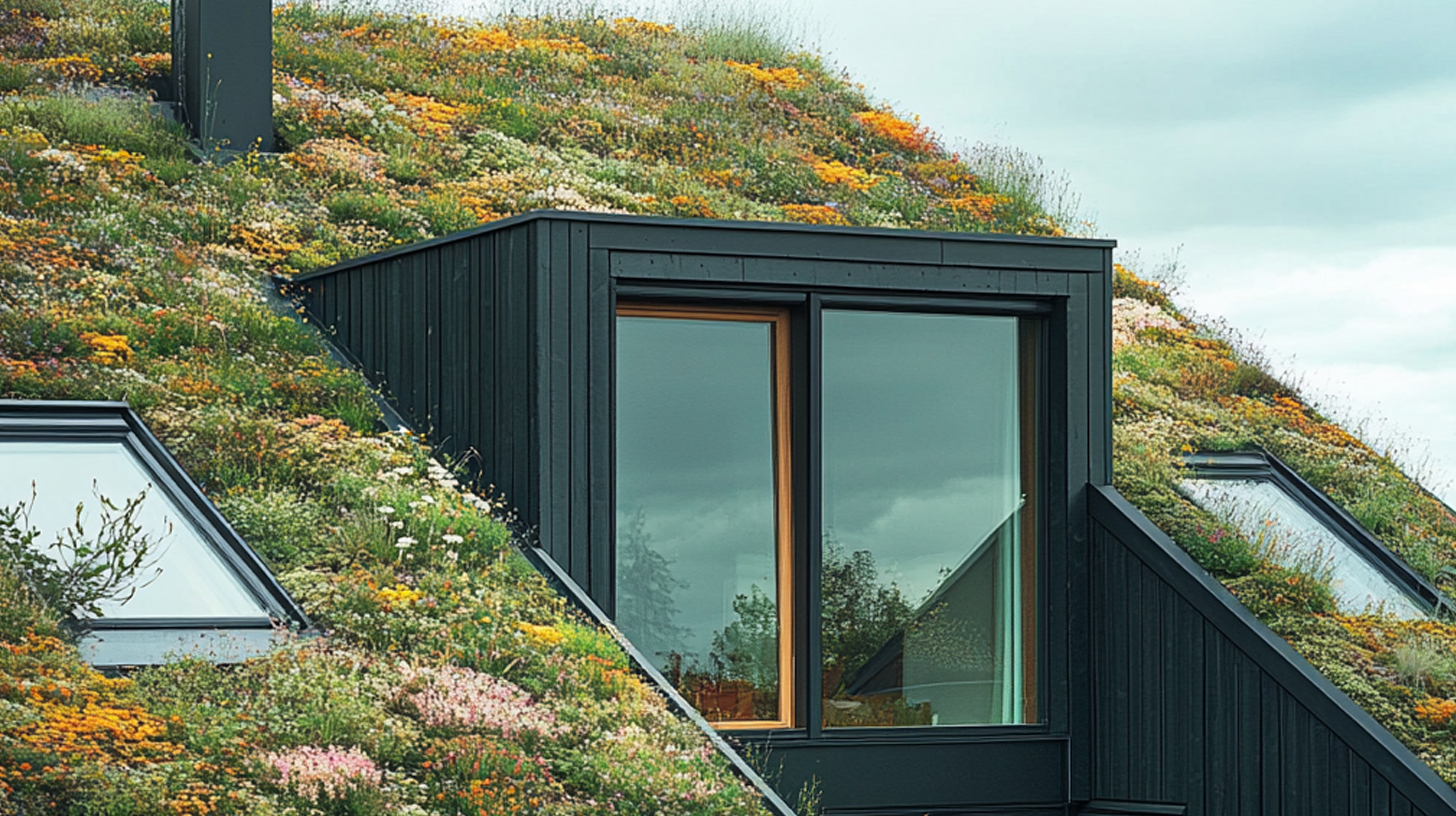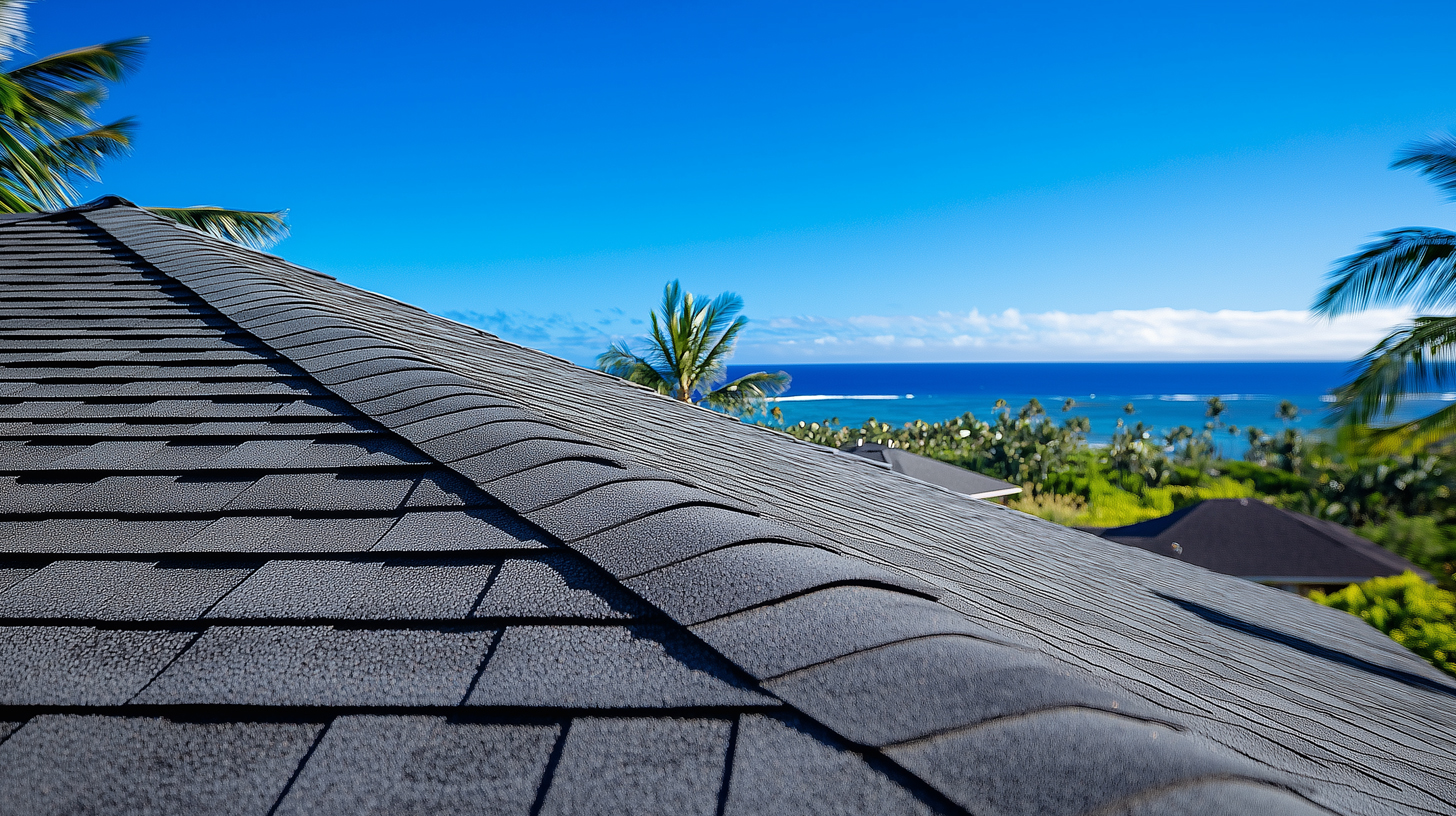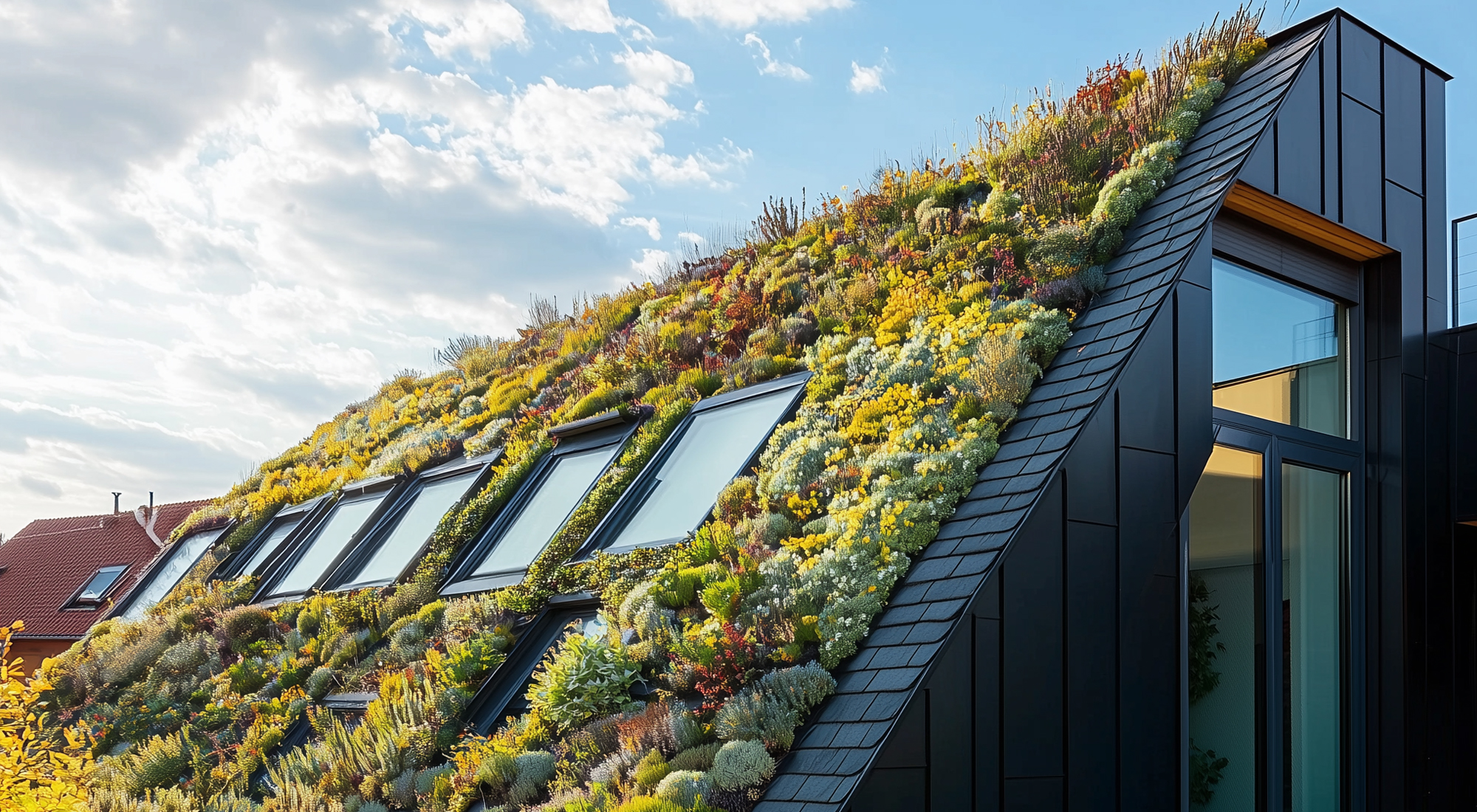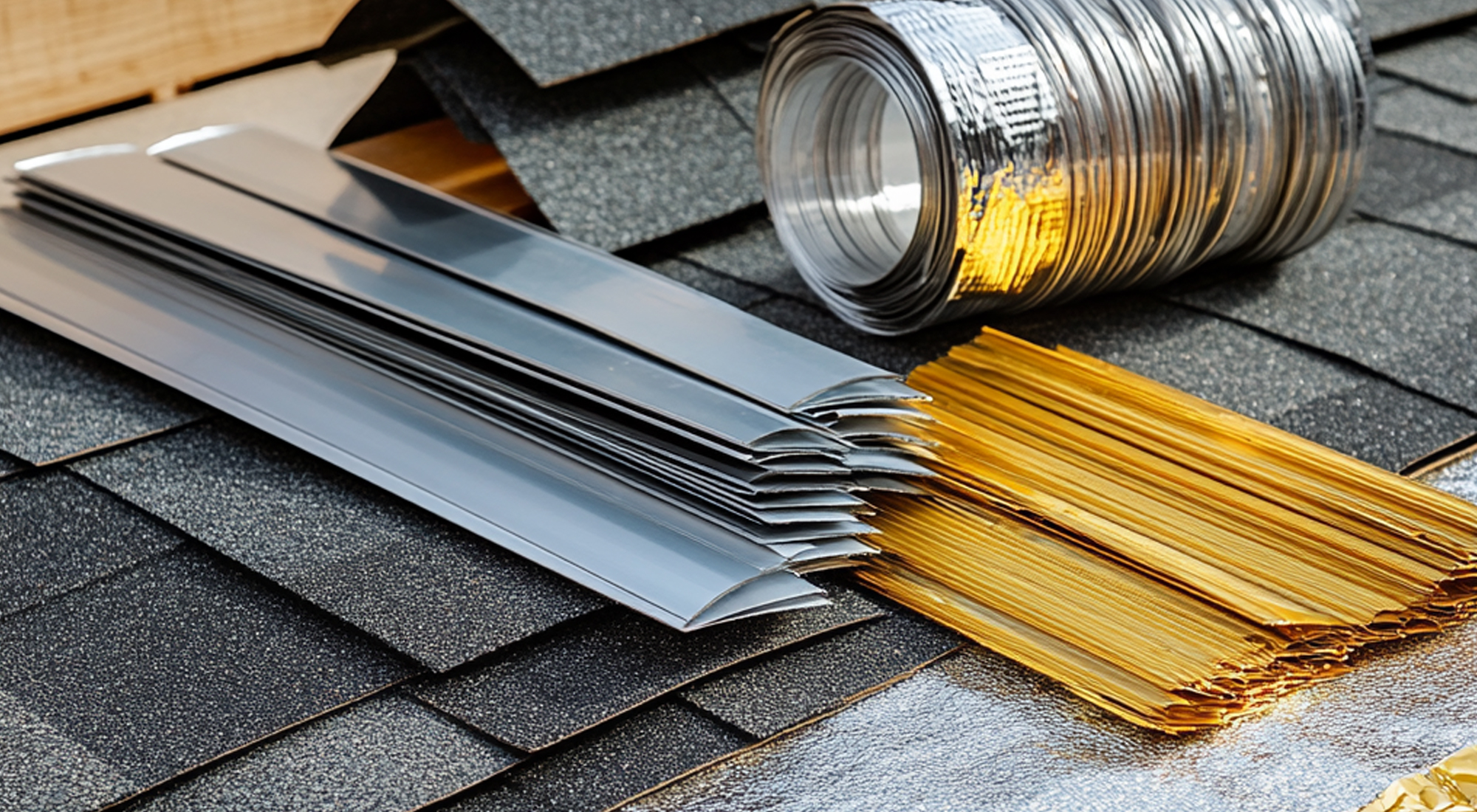In the bustling heart of our cities, where concrete and steel dominate the skyline, the concept of green roofs emerges as a beacon of sustainability and innovation. But what exactly is a green roof? Simply put, a green roof is a rooftop garden that involves growing vegetation on top of buildings. This innovative approach transforms otherwise unused spaces into vibrant urban green spaces, offering numerous environmental benefits.
Green roofs are more than just aesthetic enhancements; they play a crucial role in promoting sustainability in urban planning. By incorporating plants and soil layers on rooftops, these gardens help mitigate the urban heat island effect—a phenomenon where city temperatures soar higher than their rural surroundings due to human activities. Moreover, they contribute to improved air quality by filtering pollutants and carbon dioxide out of the air while releasing oxygen.
The importance of these verdant oases extends beyond environmental benefits. Green roofs offer efficient stormwater management by absorbing rainwater, thus reducing runoff and lowering the risk of flooding in densely populated areas. They also provide habitats for various species, fostering biodiversity amidst urban sprawl.
As cities continue to expand and face challenges related to climate change and resource scarcity, integrating green roofs into urban environments becomes not just an option but a necessity for sustainable development. Embracing this practice can lead us toward healthier cities that harmonize with nature rather than compete against it.
The Sustainability Benefits of Implementing Green Roof Materials
When considering sustainable roofing solutions, the implementation of green roof materials stands out as a compelling choice. Not only do these innovative materials enhance the aesthetic appeal of buildings, but they also offer significant energy efficiency advantages. By integrating green roofs into your building design, you can substantially improve insulation benefits, leading to notable building energy savings.
Green roofs act as natural insulators, effectively regulating thermal conditions within a building. This thermal regulation helps maintain a consistent indoor temperature, reducing the need for excessive heating or cooling and thus lowering energy consumption. The result is not just a reduction in utility bills but also a decrease in the overall carbon footprint of the building.
Incorporating sustainable roofing solutions like green roof materials is more than an eco-friendly gesture; it’s a smart investment in long-term energy efficiency. Embracing this approach not only supports environmental sustainability but also enhances the economic value of your property through reduced operational costs and increased energy savings.
Environmental Impact: How Green Roofs Contribute to Biodiversity and Ecosystem Services
As cities continue to expand, the pressure on natural habitats intensifies, leading to a significant loss of biodiversity. However, green roofs offer a promising solution by transforming urban landscapes into thriving ecosystems that support biodiversity and maintain ecosystem balance. By integrating vegetation into rooftops, we create vital urban wildlife habitats that serve as sanctuaries for various species.
Green roofs contribute to habitat creation by providing nesting sites and food sources for birds, insects, and other small animals. This not only supports existing urban wildlife but also encourages new species to thrive in city environments. As these green spaces flourish, they help restore ecosystem balance by promoting pollination and natural pest control.
Moreover, green roofs play a crucial role in mitigating the heat island effect common in urban areas. By lowering rooftop temperatures, they create cooler microclimates that are more conducive to sustaining diverse flora and fauna. This cooling effect further enhances the livability of our cities while fostering conditions where biodiversity can prosper.
Incorporating green roofs into urban planning is not just an aesthetic choice; it’s an essential strategy for supporting biodiversity and enhancing ecosystem services in our rapidly growing cities. By embracing this innovative approach, we can ensure healthier environments for both humans and wildlife alike.
Green Roofs as a Tool for Stormwater Management and Improved Air Quality
In the quest for sustainable urban development, green roofs have emerged as a powerful tool for stormwater management and improved air quality. These innovative systems offer a practical solution to two of the most pressing environmental challenges cities face today: stormwater runoff and air pollution.
Green roofs significantly contribute to stormwater runoff reduction by absorbing rainwater through their vegetation layers. This natural absorption process not only decreases the volume of water that flows into municipal water management systems but also delays its release, reducing the risk of urban flooding. By integrating green roofs into city planning, municipalities can alleviate pressure on drainage infrastructure and enhance their resilience against heavy rainfall events.
Beyond their water management capabilities, green roofs are also effective in improving air quality. The plants used in these installations act as natural filters, capturing airborne pollutants and converting carbon dioxide into oxygen through photosynthesis. This air purification benefit is crucial in densely populated areas where pollution levels are high. As part of broader pollution reduction strategies, green roofs can help create cleaner urban environments that promote better public health.
Adopting green roofs is not just an investment in infrastructure; it’s an investment in a healthier future. By harnessing nature’s power to manage water and purify air, cities can transform rooftops into vibrant ecosystems that deliver lasting environmental benefits.
The Economic Advantages of Investing in Green Roofing Solutions
When considering the economic advantages of investing in green roofing solutions, it’s important to recognize the substantial cost savings on energy bills that these innovative systems provide. Green roofs are designed to offer superior insulation, which means less reliance on heating and cooling systems throughout the year. This reduction in energy consumption not only decreases your monthly expenses but also contributes to a more sustainable environment.
Moreover, green roofing solutions can significantly increase property value. As eco-consciousness becomes more prevalent, properties equipped with sustainable features like green roofs are highly sought after by buyers and tenants alike. This increased demand can lead to higher resale values and rental income potential, making it a wise financial decision for property owners looking to maximize their investment.
In addition to immediate savings and increased property value, green roofs present long-term investment benefits that cannot be overlooked. They have an impressive lifespan compared to traditional roofing materials, reducing the frequency and cost of roof replacements over time. Furthermore, they help manage stormwater runoff effectively, potentially lowering municipal fees or penalties associated with water management.
In conclusion, investing in green roofing is not just an environmentally responsible choice; it’s a financially savvy decision that offers both immediate and enduring economic benefits. By reducing energy costs, enhancing property value, and providing long-term durability and efficiency, green roofs stand out as a compelling option for anyone looking to make smart investments in their property’s future.
Challenges and Considerations When Choosing Green Roof Materials
When embarking on the journey to install a green roof, one of the most crucial decisions you’ll face is choosing the right materials. This choice not only affects the aesthetic appeal but also determines the functionality and longevity of your green roof. To ensure success, two primary factors must be at the forefront of your decision-making process: suitable plant selection for green roofs and weight considerations for structures.
Selecting appropriate plants is essential for creating a thriving green roof ecosystem. The plants must be resilient enough to withstand varying weather conditions while requiring minimal maintenance. Opting for native species can often provide an advantage, as they are accustomed to local climate patterns and soil conditions. Additionally, considering drought-resistant varieties can significantly reduce water consumption, aligning with sustainable practices.
Equally important is assessing weight considerations for structures. Green roofs add significant load to buildings; thus, evaluating your building’s structural capacity is critical before installation. Consulting with structural engineers can provide insights into whether additional support or modifications are necessary to accommodate this extra weight safely.
By carefully considering these factors—suitable plant selection and structural weight—you can create a sustainable and vibrant green roof that enhances both environmental benefits and architectural integrity.
Embracing Green Roofs for a Sustainable Future in Urban Landscapes
As we look towards a sustainable future in our urban landscapes, embracing green roofs is not just an option—it’s a necessity. Green roofs offer a multitude of benefits that extend far beyond their aesthetic appeal. They play a crucial role in reducing urban heat islands, improving air quality, and managing stormwater runoff. By integrating nature into our cities, green roofs help create healthier environments for all inhabitants.
Moreover, the energy efficiency provided by green roofs cannot be overstated. By acting as natural insulators, they significantly reduce the need for heating and cooling in buildings, which leads to lower energy consumption and reduced greenhouse gas emissions. This transition towards greener architecture is not only beneficial for the environment but also economically advantageous in the long run.
Incorporating green roofs into urban planning is a forward-thinking strategy that aligns with global sustainability goals. As more cities recognize their value and potential impact on climate resilience, we have the opportunity to transform our skylines into thriving ecosystems that support biodiversity and enhance human well-being.
Therefore, it’s time to embrace green roofs as an integral part of our urban future—a step towards creating vibrant cities that harmonize with nature while fostering sustainable growth and development. Let’s commit to this vision for future generations who will inherit the world we shape today.









